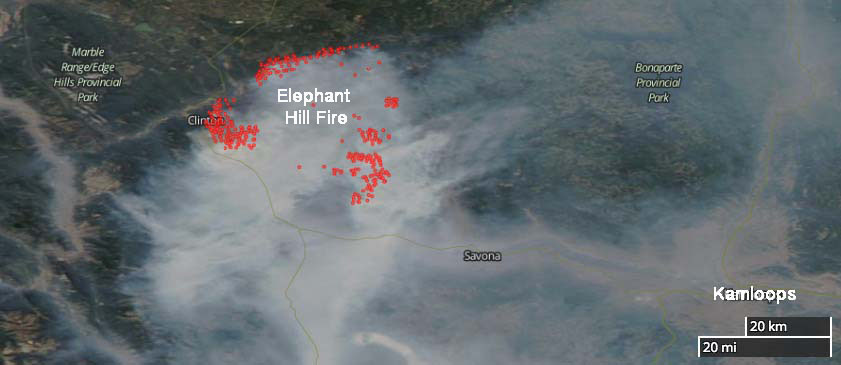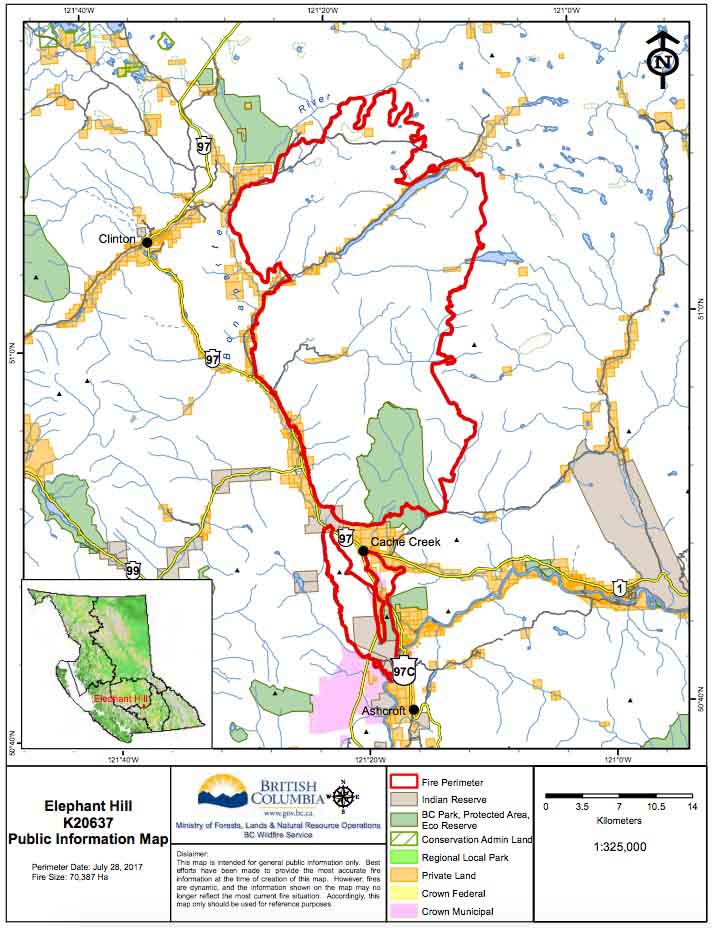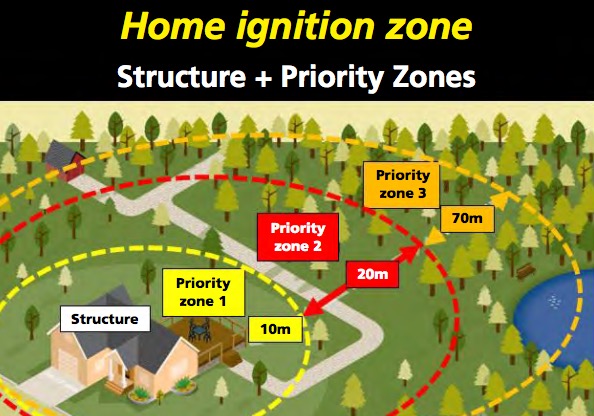The 300 firefighters that arrived in Alberta, Canada on May 29 to assist with the huge fire near Fort McMurray refused to work Wednesday over a dispute about their pay. When they were first deployed the Globe and Mail wrote:
After a month in Canada, they will take home the equivalent of about $1,500 each. It doesn’t seem like much, but it’s 10 times more than their normal monthly stipend in the training program. It will help many of the firefighters to get out of shacks and build new brick houses, get driver’s licenses or enter postsecondary education.
Below is an excerpt from an article at CBCNews on Wednesday:
****
“…Bitiro Moseki is one of the firefighters based at a camp north of Fort McMurray. He said they are being paid $15 a day.
“It’s fifteen not even per hour, it’s fifteen per day,” said Moseki.
While that may seem hard to believe, given that Alberta expects to move to a $15-an-hour minimum wage by 2018, a contract thought to be between the firefighters and their employer seems to back up the claim.
It shows the firefighters signed a contract that stated they would be paid a total of $50 a day, split into two payments.
The contract agrees to pay them $15 a day now, with the balance of $35 a day paid out within six months of their return to South Africa.
Moseki agreed firefighters did sign the contract, but said they have since been unsettled by media reports claiming they’re making much more money.
He said news articles quoted the South African government program that employs the crews claiming the workers are making between $15 and $21 an hour.
“We are not here for money, we are here to assist you,” said Moseki, adding the firefighters have turned to the South African commissioner in Canada for help to resolve the issue.
The contract does make it clear the money the firefighters are being paid is over and above their home wages, which were not disclosed.
The provincial government confirmed the South African firefighters did not work Wednesday because of the pay dispute.
“We contract with the South African government based on a rate per day per firefighter,” Alberta Agriculture and Forestry said in a statement. “We’re paying the rate. It’s our understanding these firefighters are being paid what they agreed to before they arrived. But if there is a disagreement here, it’s between the firefighters and their employer and not with the Government of Alberta.”
The ministry said the firefighters are employed by the Government of South Africa…”






